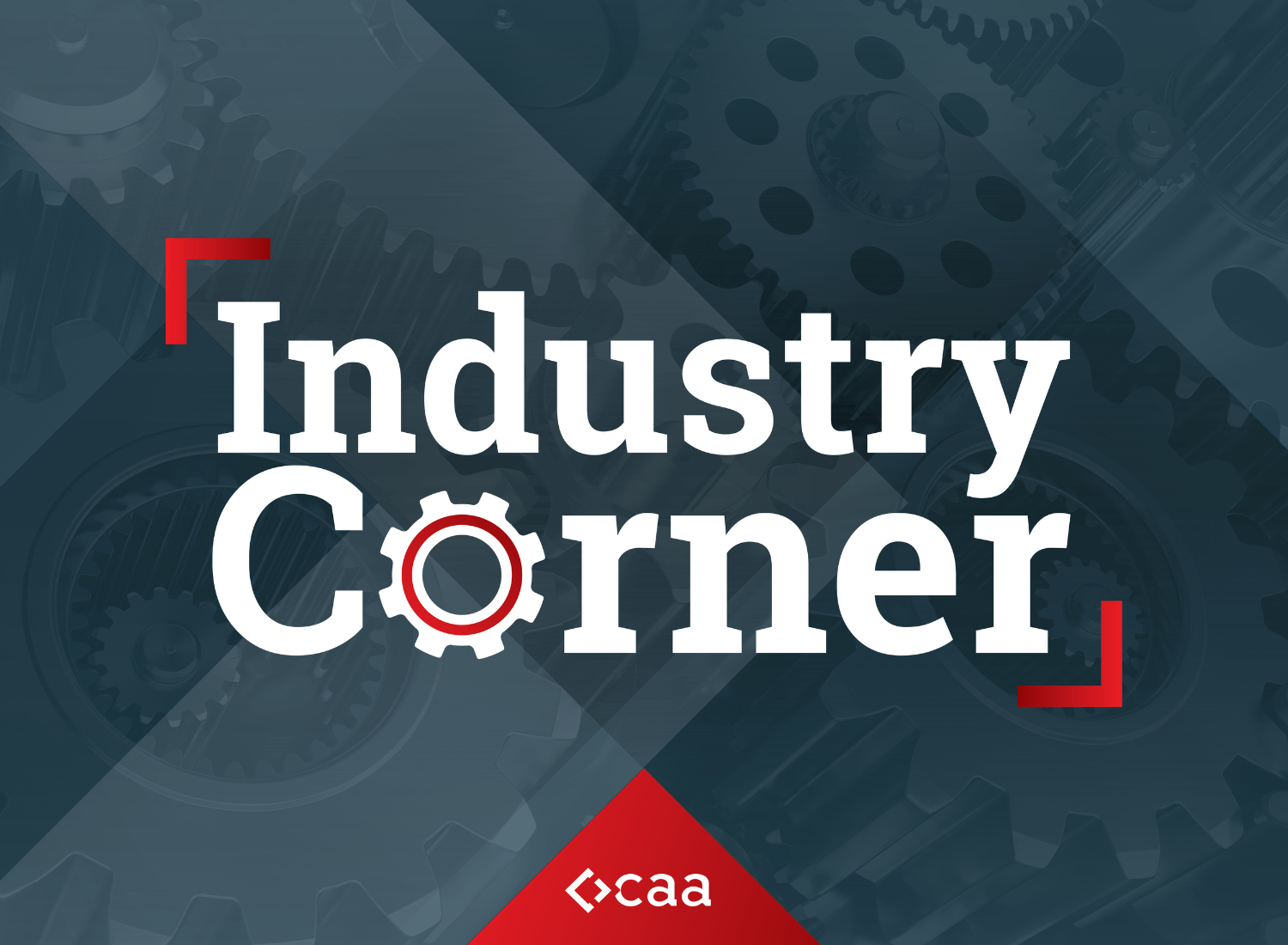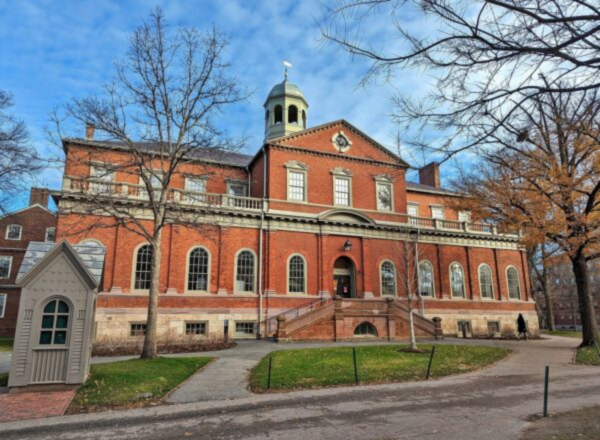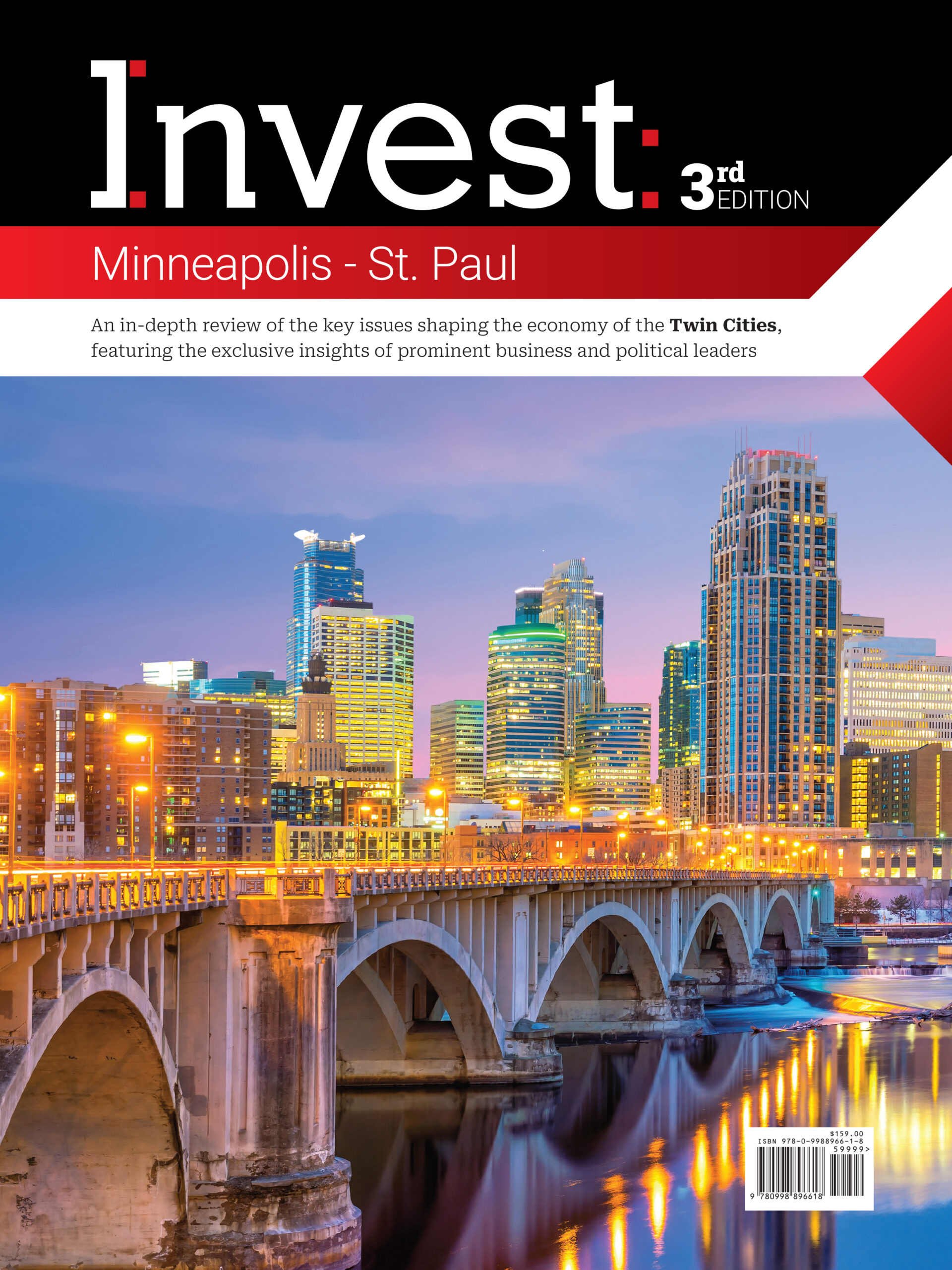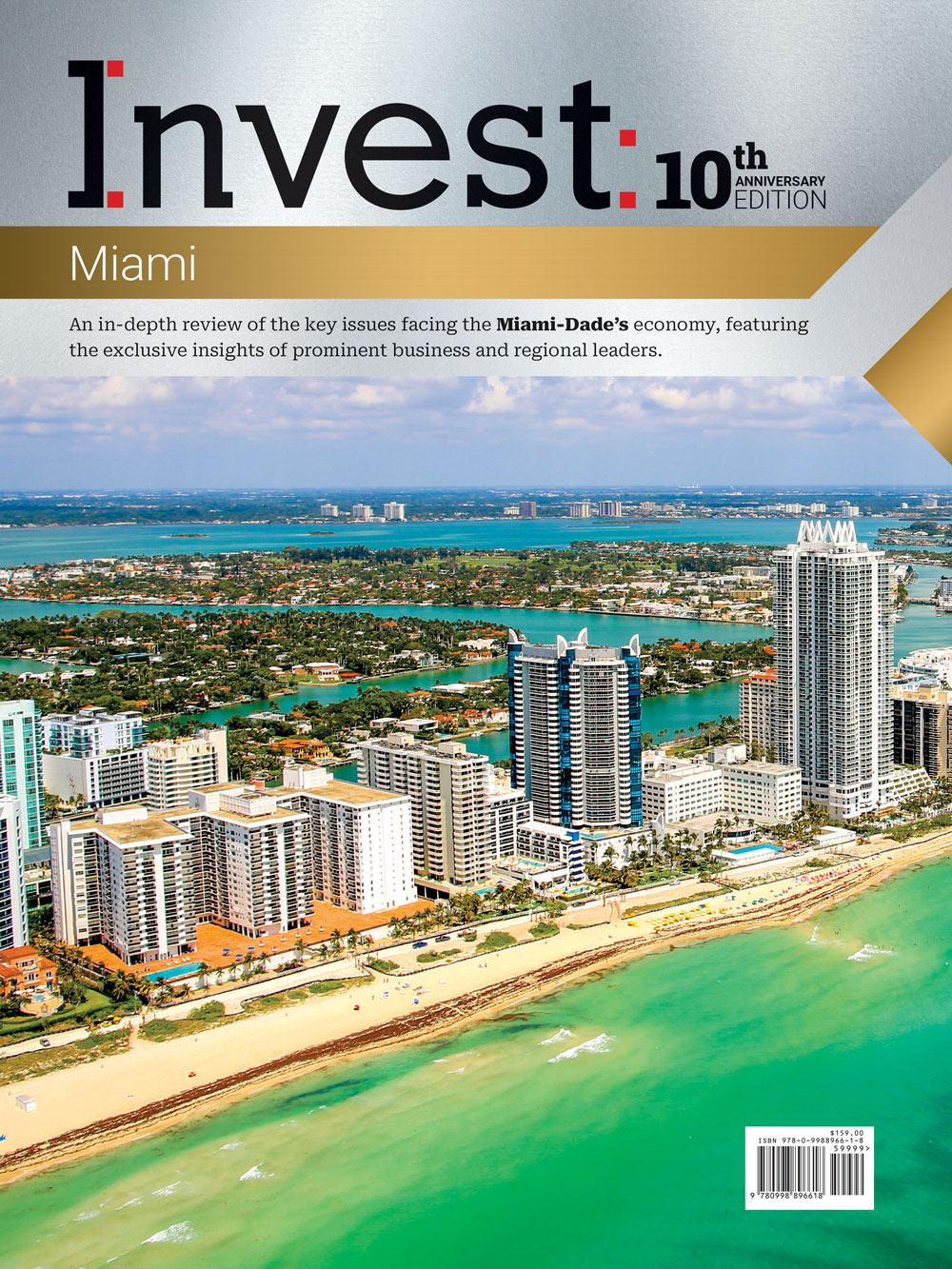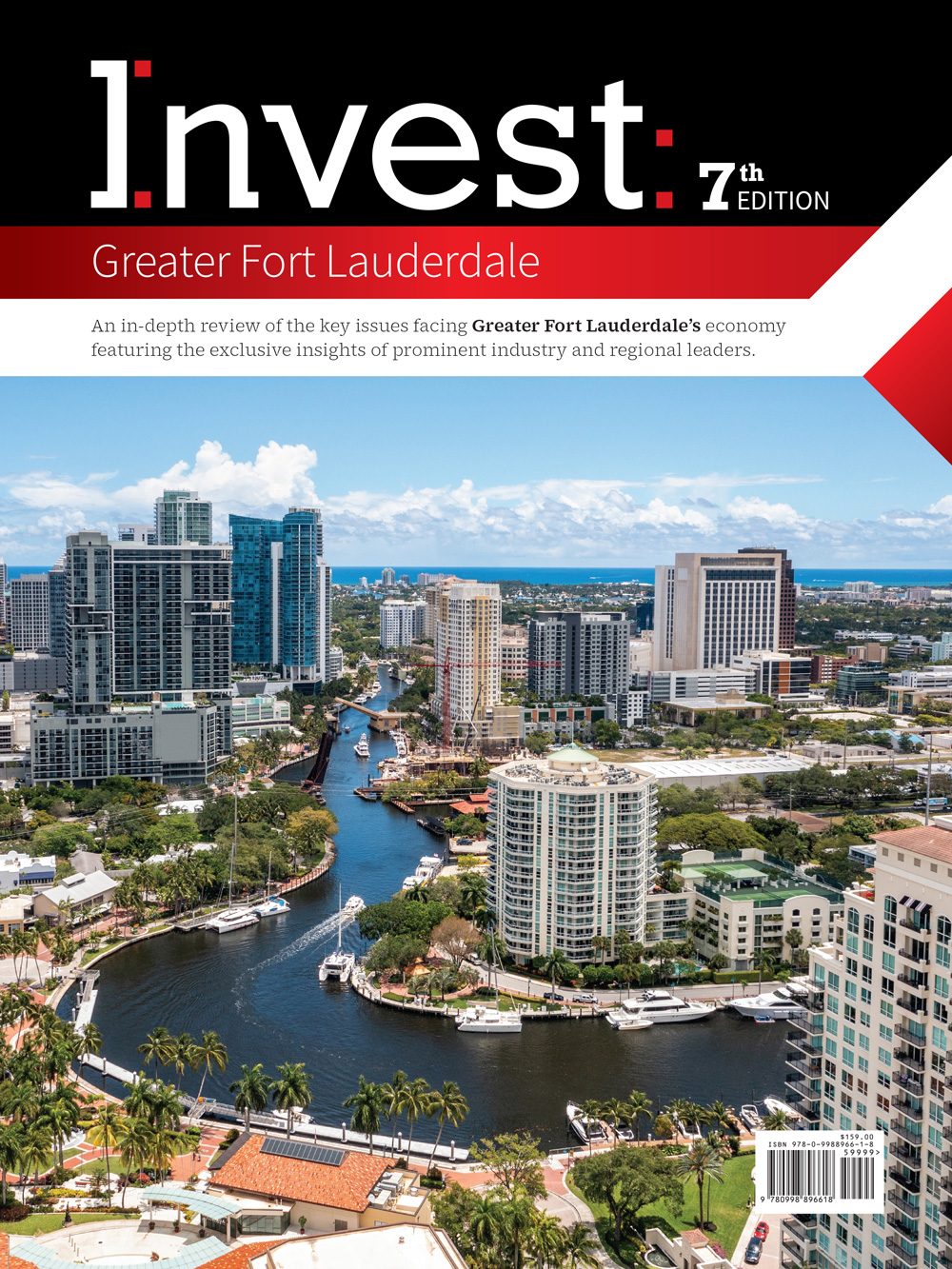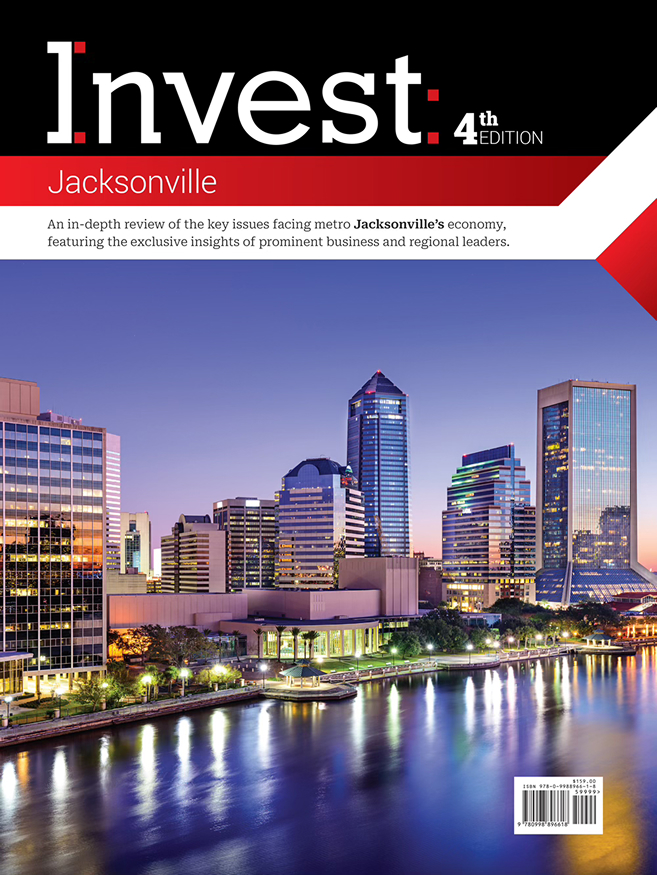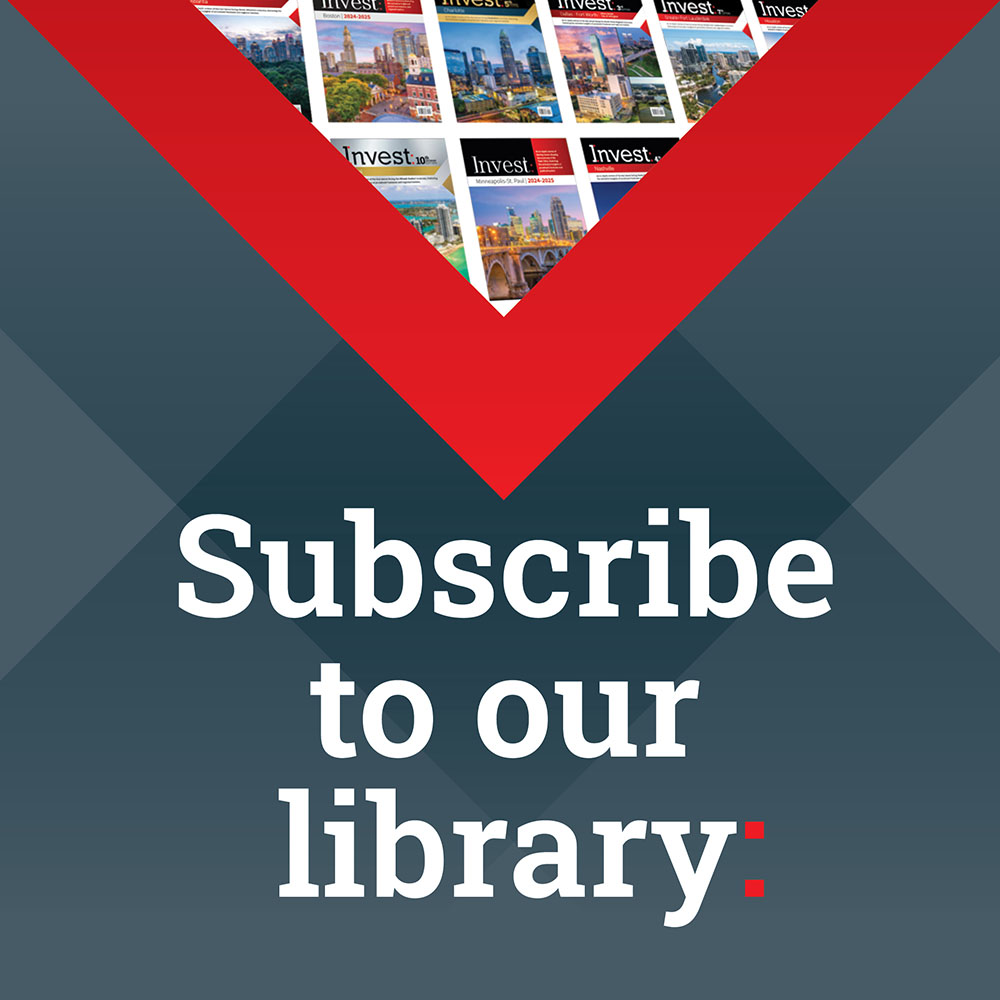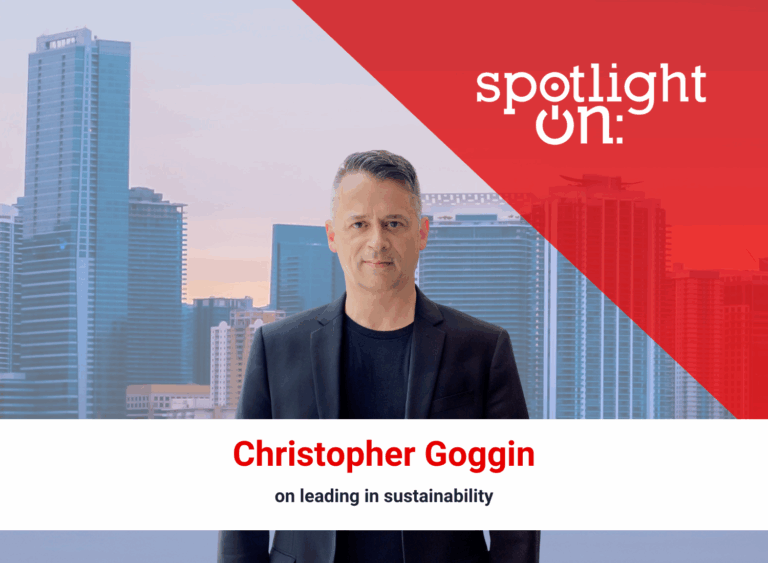Thomas Tilas, Vice President, AECOM
Multinational infrastructure consulting firm AECOM has a very clear picture of how the infrastructure in a city like Boston is going to evolve in the future. “We know what to do. The biggest challenge that we face is financing a healthy infrastructure,” Vice President Thomas Tilas told Invest:.
What were some significant milestones or achievements for AECOM in New England over the last 12 to 18 months?
There are so many. On the transportation side, at the Mass Port Authority, we were able to open up Terminal E, which is one of the finest international air terminals in the country, if not in the world. World-renowned architects and experts from AECOM went through the planning and design, and helped in the overall program management construction of the facility.
We were proud to be a partner in the opening up of the Green Line extension to Medford, Massachusetts, which is a major $2 billion-plus extension of the subway system that reaches underserved communities of Somerville and Medford. And in turn is creating hundreds of millions in new private sector investments. AECOM provided design and engineering services to advance this major design build project.
We’re currently working on the Red Line and Blue Line transit system extension, which is a connection of the Blue Line to the Red Line. The next big expansion. It will be a major transportation improvement that will help ease some of the congestion in the city and createWe’re also working on rail electrification, a rapid rail, for which we’re going to take the railroads that we have in place, move them into electrification and provide more rapid service on those commuter rail lines. We’re in the planning stages, working with the MBTA and MassDOT to accomplish that long-term goal.
In terms of infrastructure, we’ve been working with the MBTA on major track and facility improvements, which is a big part of the state of good repair. Part of that is replacing a lot of the infrastructure that has been neglected because of lack of funding. We’re also helping the City of Boston with its schools, helping with some overall program management assistance, and developing a cohesive long-term plan to spend close to $2 billion to improve schools. Additionally we are actively helping the City of Boston in dealing with climate change and sea level rise.
These are important projects for quality-of-life transportation and basic infrastructure that the city needs to survive and thrive. In one particular project, we’re working with the City and the State on the Allston-Brighton Interchange, which is a major piece of property on the west side of the city between Boston University and Harvard. Once that road is taken down a grade from its current elevation, it’s going to be a whole other city there. We’re working on moving that forward. We just received $375 million from the federal government to assist that. We helped write the successful grant application, and we’ve been working with public advocates to move that forward.
We’ve been working with the City and the State on EV charging stations to help with decarbonization. We’re working with the MBTA and Massdot on electrification, while also looking at hydrogen.
What do you see as the most pressing challenges in the industry today, and how are you positioned to address those?
The biggest challenge that we face is financing a healthy infrastructure. We know what to do. We know we need to electrify and decarbonize. We are helping MassDOT and the MBTA understand how to carefully implement a cost effective program of decarbonization of their operations and fleets. We are working on the use of hydrogen in the future. We know what the water wastewater quality issues are. We know how to and are currently working on solutions dealing with nitrogen and phosphorus loads, and wastewater. We are innovators in remediating PFAS and are working with clients and partners around the world and Metropolitan Boston to provide safe drinking water. We know how to provide electricity sustainably and alternatively and how to upgrade the grid and are working for the major electricity providers and alternative energy suppliers in the windpower and solar sectors. Financing all this stuff is a big part of getting it done. Let me give you an example from the transit sector. In 1982, there was a study about the state of good repair for the MBTA. It laid out a program on how to maintain the MBTA, how to finance it and how to keep it moving. This was in 1982. We didn’t do it. Then in the ’90s, we looked at it again and we came up with the same conclusions.
There needs to be a sustained long term effort for a state of good repair across our transportation systems. We need to have a financing mechanism, and then we need to get on with it. Well, not too much happened. Now you have 15, 18, 20 years of neglect. And you know what happens? Deferred maintenance is just a disaster in the public realm. We lost over 20 years. Gov. Deval Patrick came into power, and he immediately said, we need to look at our transportation system and get serious about financing it. AECOM wrote a report that outlined some of the hazards, some of the challenges in financing. This was in 2012. We came up with some of the same conclusions as those previous studies, but politically, people acted on it this time, and they looked at the gas tax for financing, and they started to move forward in gaining the money to maintain a state of good repair.
Some of the stuff got fixed, but not in a sustained way because today we face some of the same roadblocks of the past — there is just not enough money being allocated — Gov. Maura Healey is now seriously focused on looking at how to finance the billions of dollars needed. MBTA has $25 billion worth of work in the next 10 years. That’s a lot of money, and it impacts the health of the regional economy from several different perspectives. We need to figure out how to finance these things.
AECOM has the solutions. We’ve been involved on a global level with cities around the world. We’re experimenting with hydrogen trains in Italy, and all kinds of other safe and reliable multimodal innovations. We’re doing the same thing with improving air safety and air transport, as well as innovative bridge and tunnel design. The solutions are here; it’s about the money and the political will. I worry that changes in our federal leadership and administration will have a really big impact on what it is that we’re trying to accomplish here.
What is your outlook, both for Aecom and for the New England infrastructure sector over the next few years?
The outlook is bright. In good times and bad times, our business does well. In bad times, if the economy slips, state and federal government tends to look at spending on the infrastructure side to create jobs. And in the good times, revenue generated allows for a state of good repair and long-term maintenance and operation of our systems.
So, the future is bright. With the infrastructure spending that this current administration has on the books, Massachusetts is doing very well. The city of Boston is doing very well in all of the key spaces – in R&D, on the military side, education, and infrastructure. We’re doing well. Massachusetts is doing well. Boston is doing well. We are heading in the right direction in developing safe,stable, reliable and economically viable infrastructure systems in the City and Commonwealth. There is strong leadership at both the City and State level. We are excited to be part of a great team of public and private sector professionals executing future needs.
We’ve seen a good influx of bright young engineers coming to work for AECOM who are graduating from Northeastern, Boston University, the University of New Hampshire, and the University of Massachusetts. We’re seeing bright talent coming into our offices, working and making a difference, especially on some of the newer, crazier things that are happening regarding autonomous vehicles and flying cars. At the end of the day it’s the human element – talented individuals in both the public and private engineering that will keep us on track and get us to where we need to be.
